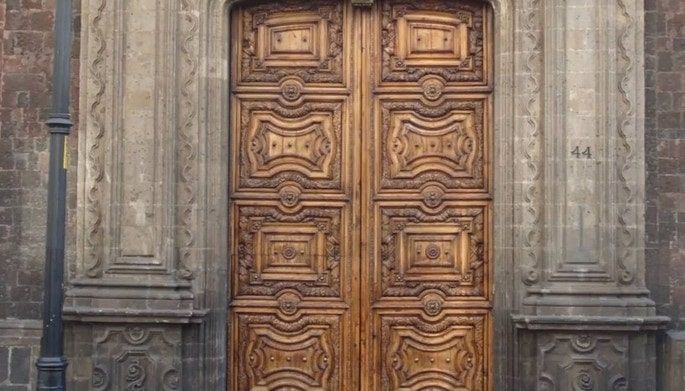A new museum in Mexico City in the Historic Center
The museum will be located in one of the most emblematic buildings of the Historic Center: the Palace of the Counts of San Mateo de Valparaíso.

The museum will be located in one of the most emblematic buildings of the Historic Center: the Palace of the Counts of San Mateo de Valparaíso which is on the corner formed by the streets Venustiano Carranza and Isabel La Católica.
The Palace of the Counts of San Mateo de Valparaíso will be transformed: into a museum for business and entrepreneurship. "It is important to show that commitment to Mexico and social and cultural conviction of our institution," said Ernesto Torres Cantú, general director of Citibanamex, to the newspaper Milenio.
According to Alberto Sarmiento, the building, which will be the centerpiece of this new museum, will have a technological update, but it will be respected as a historic space and will not be intervened without complying with the norm.
On the first floor will be mounted an art selection consisting of around 700 works. "We still do not have the final list, but we will only exhibit between 80 and 120 pieces, although there will be a rotation of the collection since this collection usually complements exhibitions to public collections," added the director of this forum.
Taking advantage of the fact that the building has not been opened to the public for 25 years, the authorities indicated that the intention is for young people to interact and know what a company is for and why it is important to be an entrepreneur.
Because right in this property the headquarters was founded on June 2, 1884, after the merger of Banco Mercantil Mexicano and Banco Nacional Mexicano. In addition, this building, created by the Baroque architect Francisco Antonio de Guerrero y Torres, has an interesting anthropological structure so that citizens do not have it in sight repeatedly.




